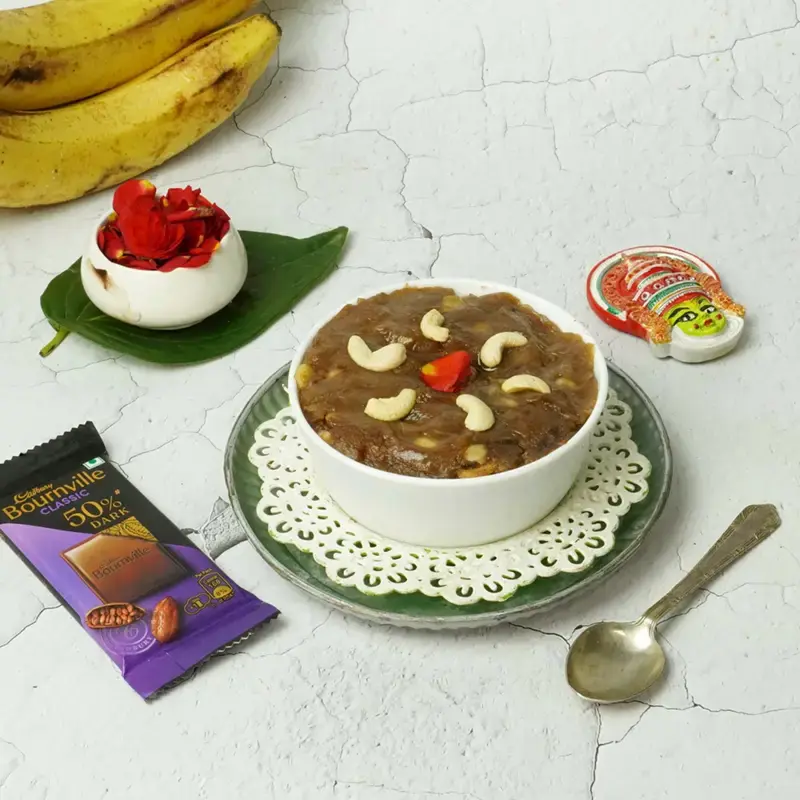Come along as we embark on a voyage through the origins of Sweet Pongal and discover how you can recreate this delicacy in your own kitchen.
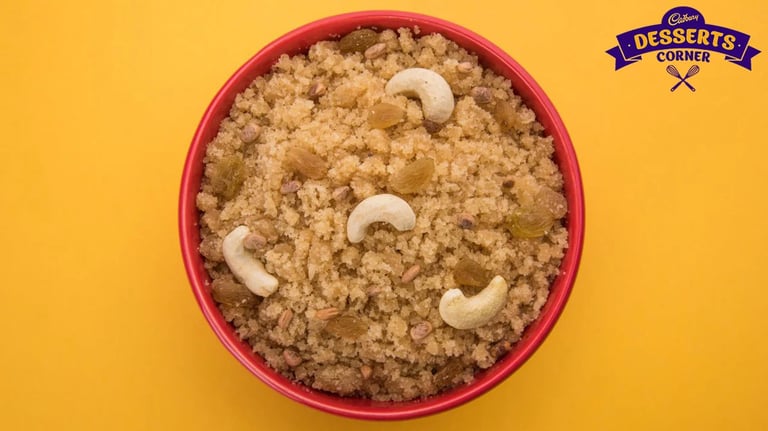
Come along as we embark on a voyage through the origins of Sweet Pongal and discover how you can recreate this delicacy in your own kitchen.
The sheer mention of Sweet Pongal brings forth a tapestry of jubilation, customs and heavenly sweetness. Sweet Pongal is more than a dessert, it represents a phenomenon and stands as a testament to India’s opulent culinary legacy. So come along as we embark on a voyage through the origins of Sweet Pongal and discover how you can recreate this delicacy in your own kitchen.
The Historical Origins of Sweet Pongal
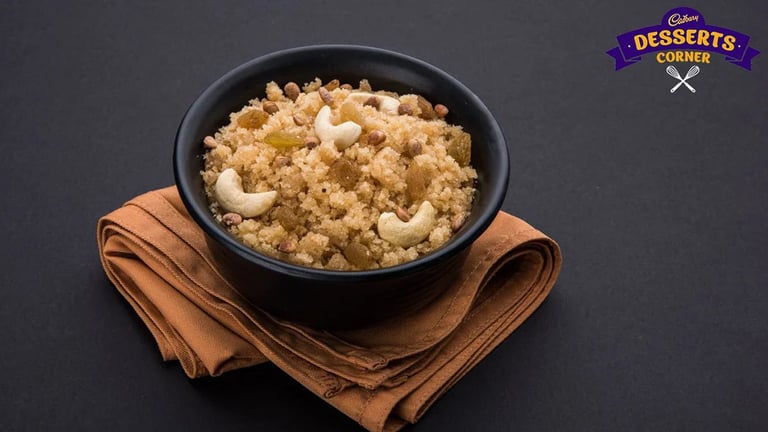
Sweet Pongal, also known as Sakkarai Pongal in Tamil, traces its roots back to India. It holds ties with the harvest festival called Pongal predominantly celebrated in the region of India, particularly Tamil Nadu. This festival marks the culmination of the season. It serves as an occasion to express gratitude towards nature and Surya, the Sun God. References to this dish can be found in texts and scriptures where it is depicted as an offering in temples—a symbol synonymous with gratitude and veneration.
Unraveling the Essence of Sweet Pongal
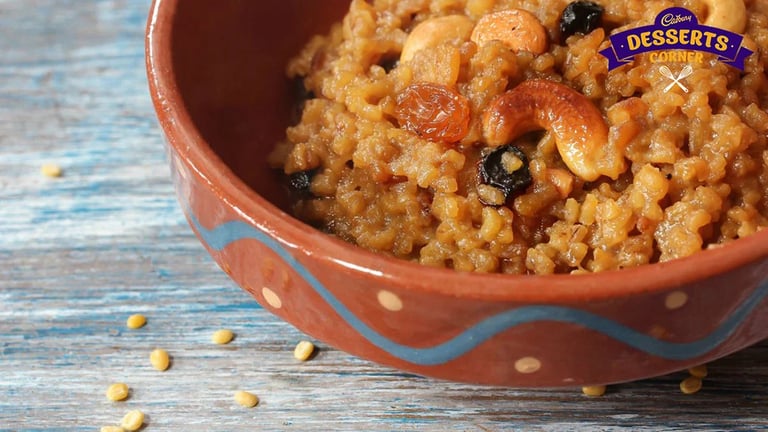
The ingredients needed for this recipe are rice, mung beans, ghee, jaggery and cardamom. However, each of these components carries a meaning; rice symbolizes fertility mung beans represent purity ghee provides nourishment jaggery adds sweetness, to life. The spices offer their healing properties.
Ingredients:
- 1 cup of short grain rice
- ½ cup of moong dal
- 4 cups of water
- 2 cups of jaggery
- ½ cup of ghee
- ½ teaspoon of cardamom powder
- Cashews and raisins for garnish
- A pinch of camphor (optional)
Method:
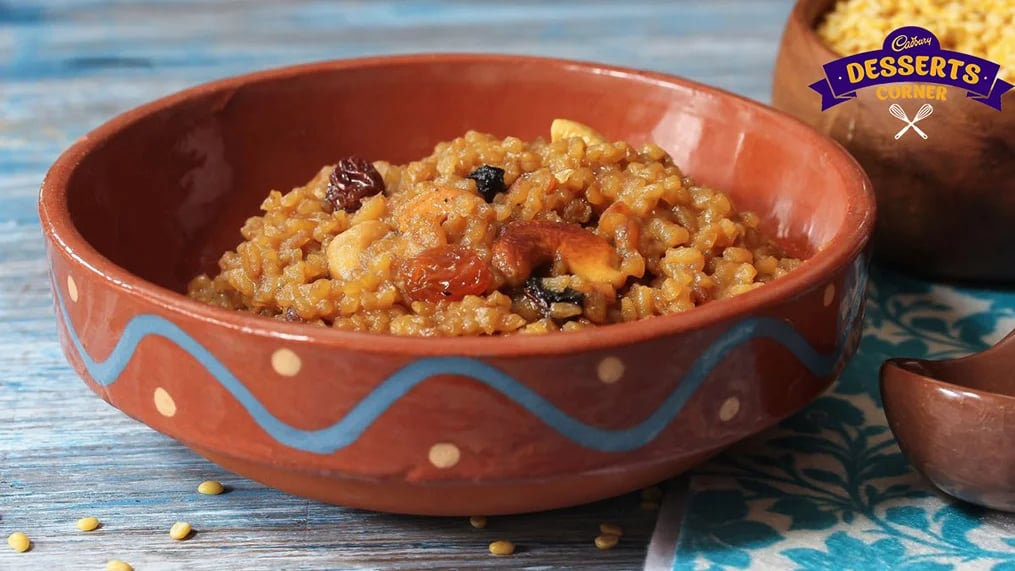
- Begin by rinsing the rice and moong dal. This step is crucial to ensure a base without starch.
- Toast the moong dal until it becomes fragrant. Then add the rice and water to cook until they both become soft and mushy – this step is essential for achieving the desired texture.
- Melt the jaggery with an adequate amount of water until it forms a syrup consistency. Strain it to remove any impurities before incorporating it into the rice and dal.
- Incorporate half of the ghee along with powder, into your mixture. If desired you can also add a pinch of camphor for a touch. As you cook the mixture it will gradually fill your kitchen with its aroma.
- In a pan, fry the cashews and raisins in the remaining ghee until they turn toasty brown.
- Serve your Sweet Pongal while it is warm and savor the blend of flavors!
When you make Sweet Pongal, you become part of a tale that stretches across history, culture and heavenly flavors. Let the enticing aromas transport you to vibrant fields in India where every grain of rice narrates stories of hope, prosperity and joy.
Like This Article?
More Like This




Popular Articles





Trending Web Stories
Curated Recipes

